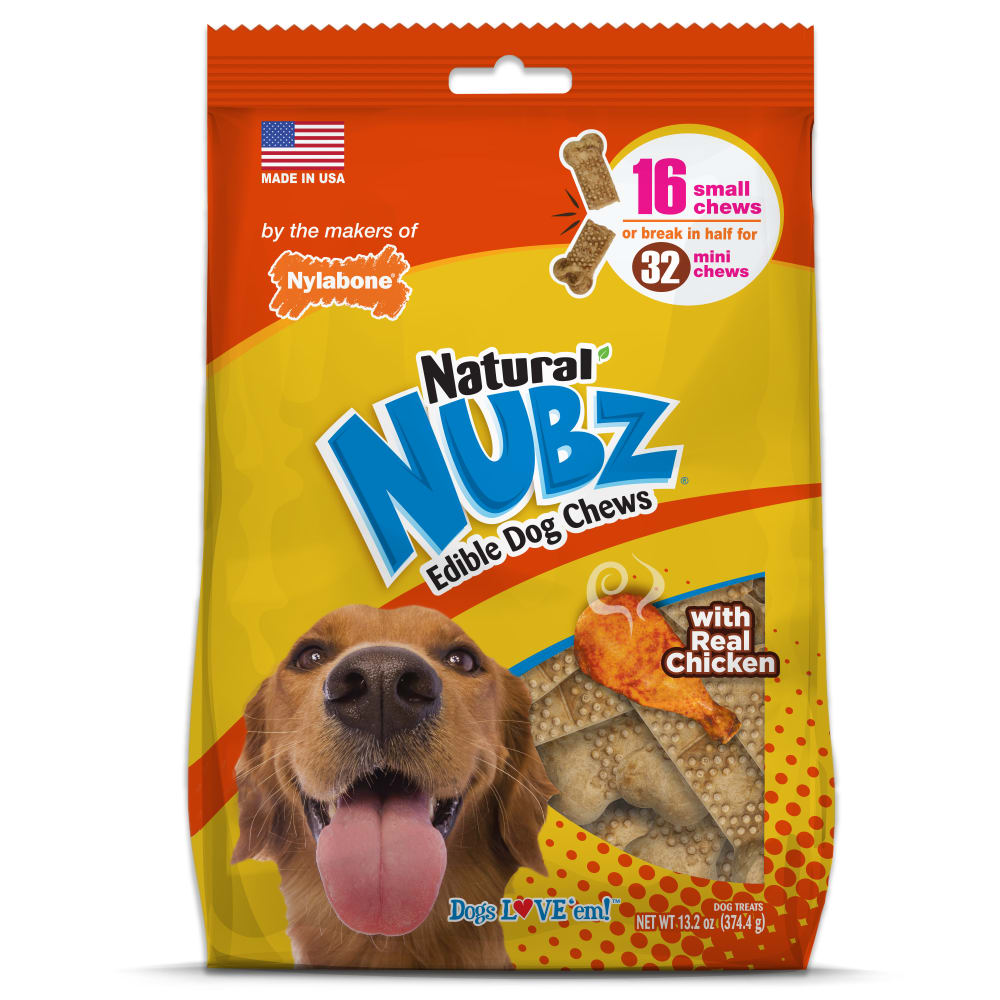How to Give Your Dog a Bath in the Sink
Sometimes it's hard to leave our dogs in the hands of a groomer, especially if they're not huge fans of bathing; sometimes it's a therapeutic, bonding activity we enjoy doing with our dogs; and sometimes we don't want to pay through the snout for a professional grooming.
At-home baths can be especially practical for pet parents who have small dogs, because these pups fit perfectly in our kitchen sinks. This is our holy grail of do-it-yourself #bathgoals, because you don't have to bend over or kneel uncomfortably like you would for a bathtub, your dog has less room to roam, and there's potentially less cleanup involved. Here's how:
Brush First
1. Give your dog a good brushing before you do anything else. This will save you a few headaches: Less hair will get caught in your drain, your dog will shed less after his bath, it prevents mats and tangles from worsening, you can brush out a lot of excess dirt, and the shampoo will better penetrate the coat. Waiting to brush after bath time or forgetting to brush at all usually results in a wet layer of loose hair throughout the house, your towels, the sink, etc.
Set Up Your Station
1. Clear everything out of your sink and off surrounding countertops. You probably know by now that dogs shake themselves off when they get wet, so nearby things that can get ruined by water, like paper towels or photos hanging on your fridge, should be moved to a "dry zone" during bath time.
2. Make your sink dog friendly. Get a drain cover that will catch the dog hair and take the place of your rigid metal drain cover so your dog can stand comfortably. Sinks obviously get slippery for your dog's soft paw pads, so inserting a small rubber mat will give him a better grip and help him feel more stable.
3. Spread out your tools. Have your shampoo, conditioner, scrubbing brush, cotton balls, and towels ready before you put your dog in the sink to make the process quicker and less stressful for him. We like to place one towel on the floor right below the sink to catch dripping water and one on the countertop so the dog can step right onto it for towel-drying (before he escapes and saturates your living room).
4. Set water temperature. Dogs' skin is more sensitive than ours, so a hot bath isn't the way to go; lukewarm water is best. Once you get the right temperature, try not to adjust it again once your dog is in the sink. Water temperature changes can be unpredictable if you try to adjust it on the fly, and you don't want to accidentally scald or freeze your dog.
5. Don't forget some treats. Have a few treats nearby to reward your pup for being a good sport during bath time. We like to give a small treat when 1) the dog is first put into the sink, 2) after we're done shampooing, and 3) after we're done towel-drying and/or blow-drying.
It's Bath Time
1. Protect his ears. Getting water in your dog's ears can cause soap irritation and even some serious health issues—place cotton balls in each ear to prevent any water from getting in.
2. Wet down your dog. Using a hand-held attachment with multiple settings is really useful for hard-to-reach areas and for penetrating through thicker coats. A simple rinse cup can get the job done, too. Start at the neck and work your way down, avoiding the head, ears, and eyes.
3. Use the right shampoo. There are so many shampoos to choose from, but consider what type of skin and coat your small dog has before you decide. Dry skin with dandruff? Get a moisturizing shampoo that won't strip his coat. Thick coat? Get a shampoo that prevents shedding. No matter which you use, make sure you lather the coat and skin completely. This is where the scrubbing brush comes in handy.
4. Rinse, rinse, rinse. Your moisturizing shampoo could have the opposite effect if you don't thoroughly rinse it out; leaving any trace of shampoo in the coat will likely result in dandruff and irritated skin. Rinse until you no longer see any soap suds.
Cleanup
1. Towel-dry. A folded towel on the counter right next to the sink is a perfect spot for your pup to sit while you towel-dry him (as long as he doesn't try to jump off the counter). We recommend putting a gate up to keep him corralled in the kitchen until he's mostly dry, or putting him in his crate with some more towels and a special toy or treat to keep him occupied.
2. Wipe down sink, counters, and floor. For a kitchen sink bath, it's really important to wipe down any stray water in the area, as wet tile floors and wet paws aren't a safe combination when your pup gets the post-bath zoomies. Check to see if any water made its way into nearby drawers or cabinets, and wipe those down, too. The drain cover and small area of the sink should help cut down your tub-scrubbing time.
3. Stow away supplies. Put away all your supplies in a place that's easy to access when you want to start the sink bath process all over again. We like to use an under-the-sink organizer to store the shampoo, scrubbing brush, ear cleaning solution, bath time treats, and cotton balls all together. The more streamlined your process, the less nervous and stressed your dog will be.
Happy scrubbing, doggy DYI-ers!
FOLLOW US!





